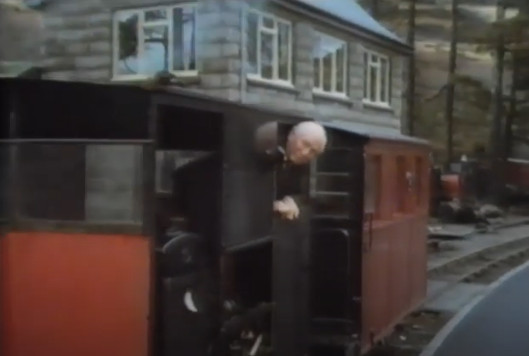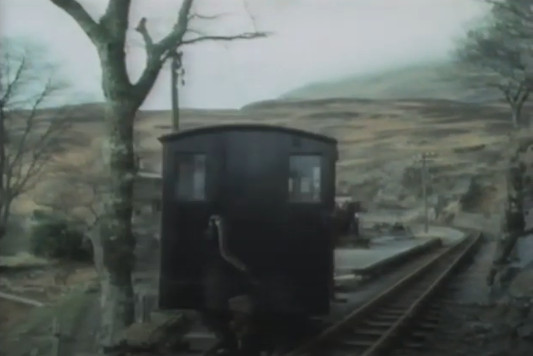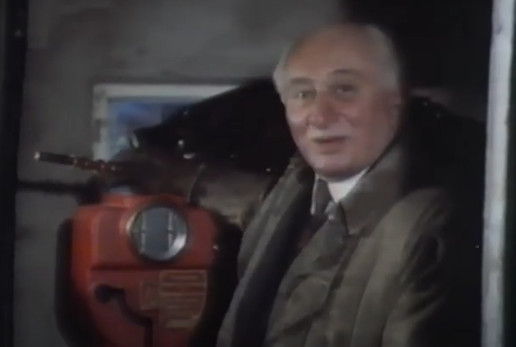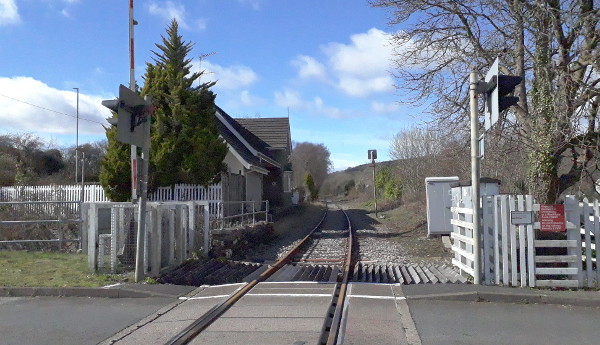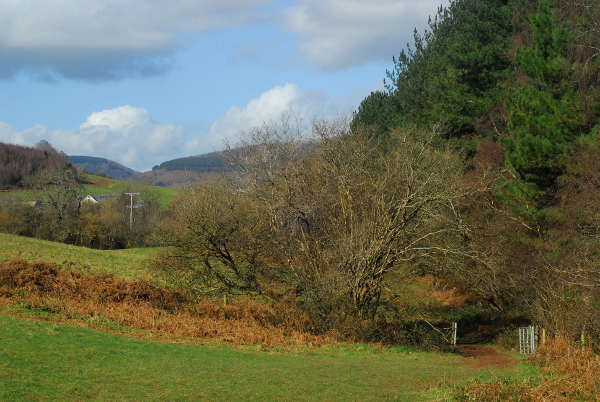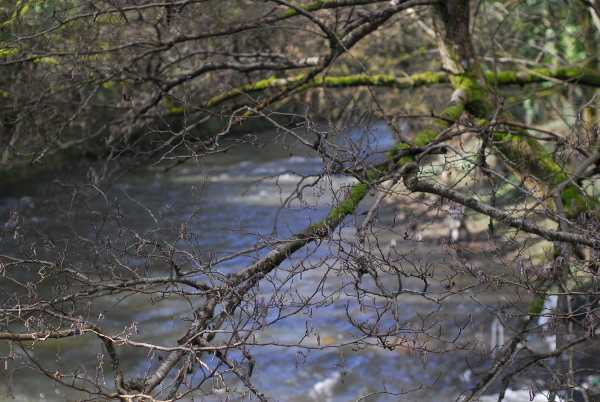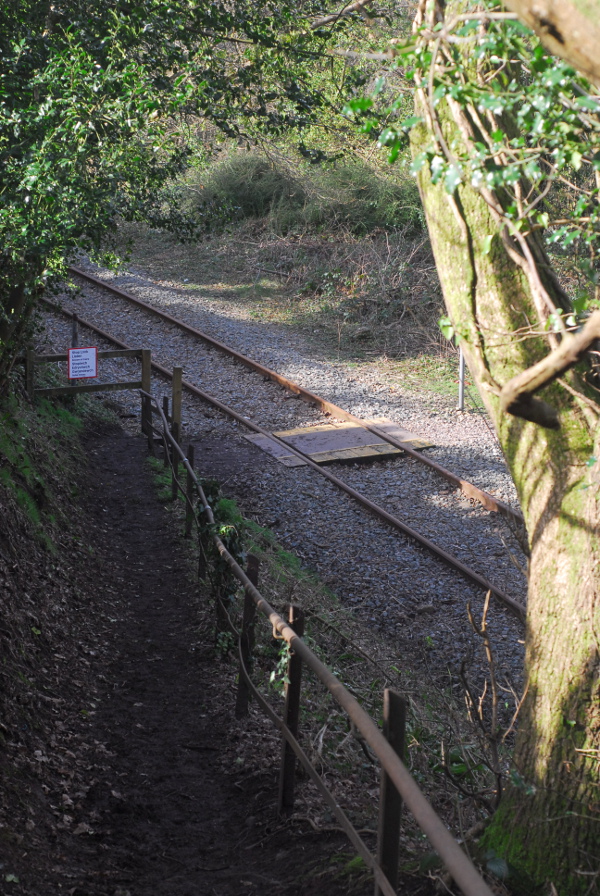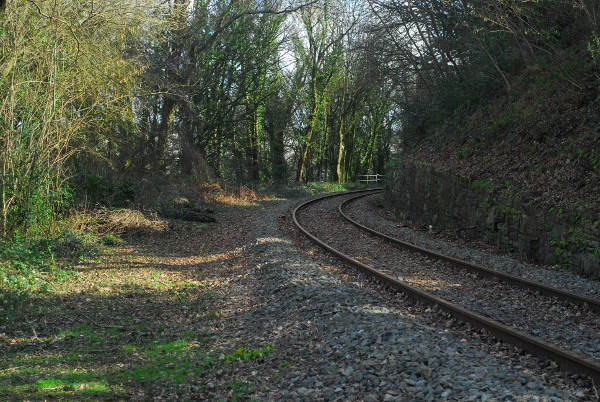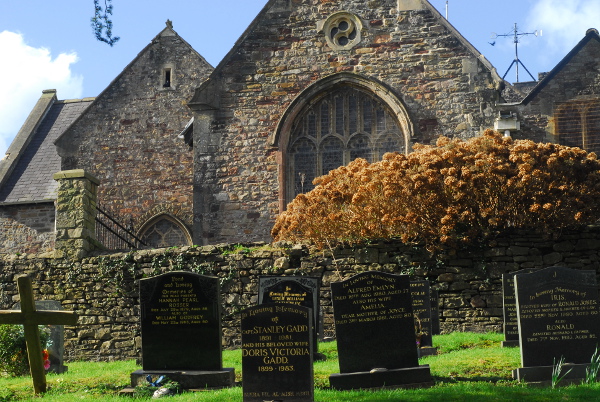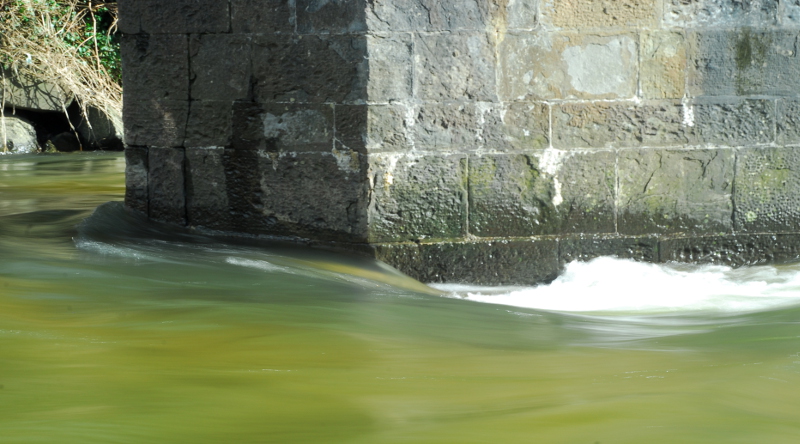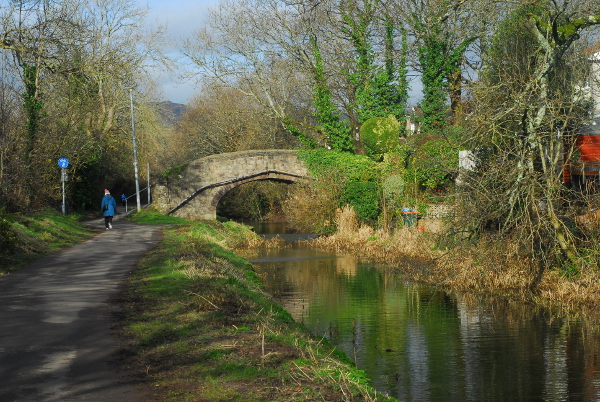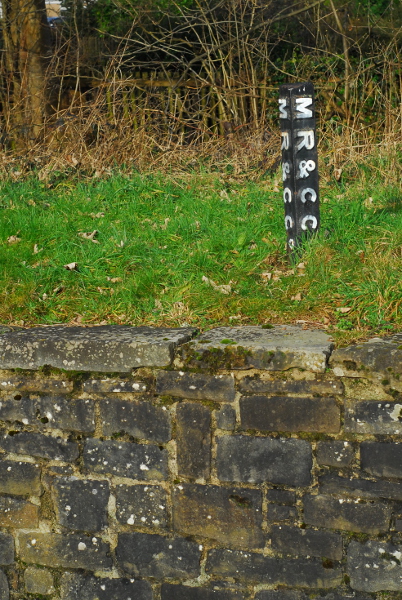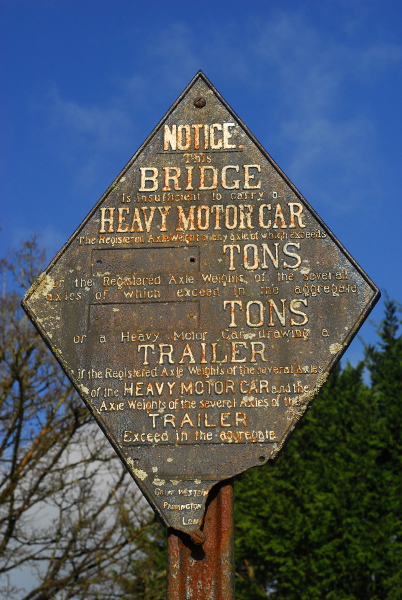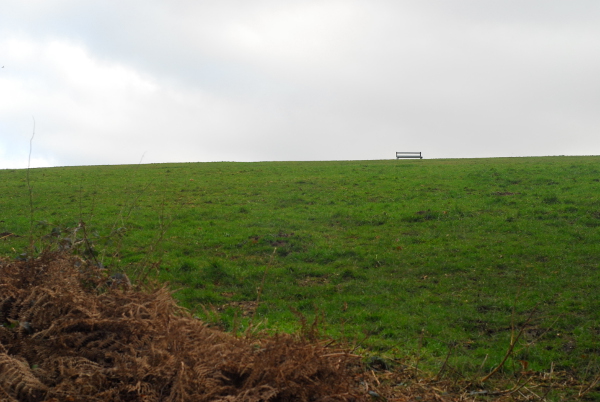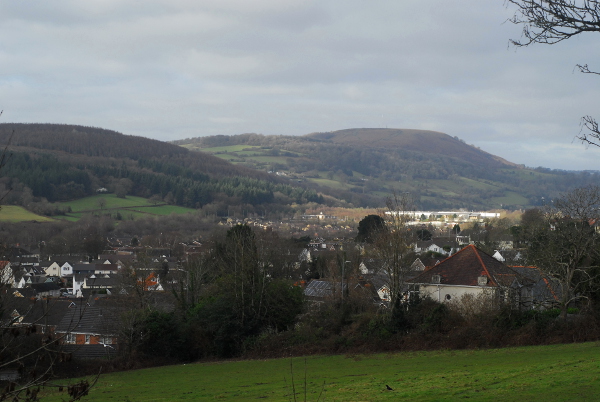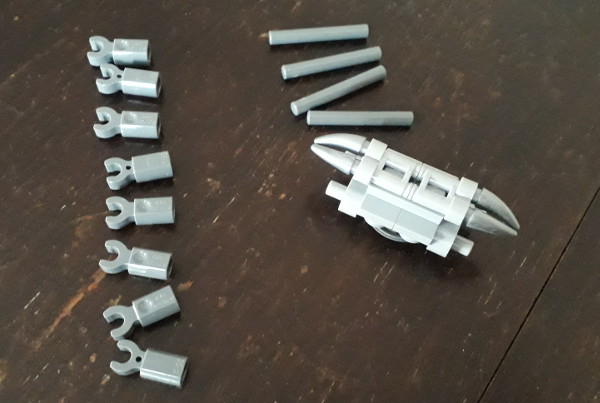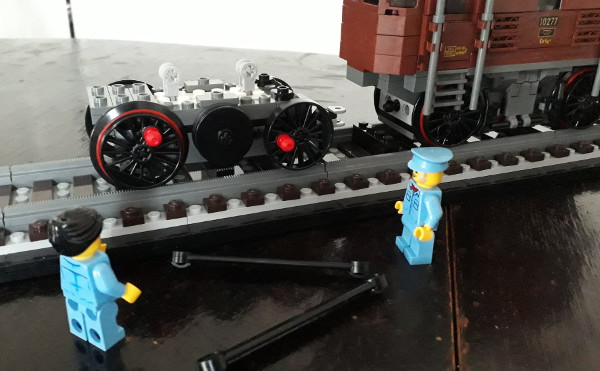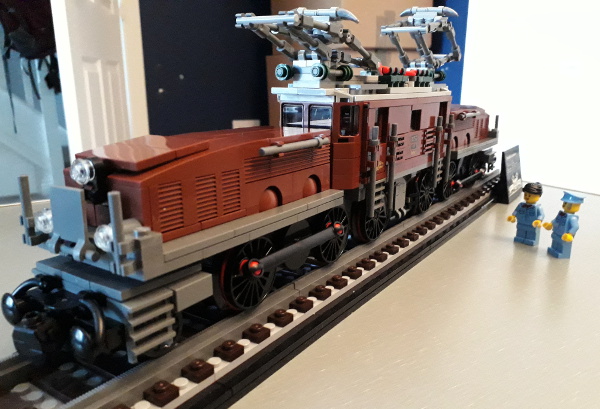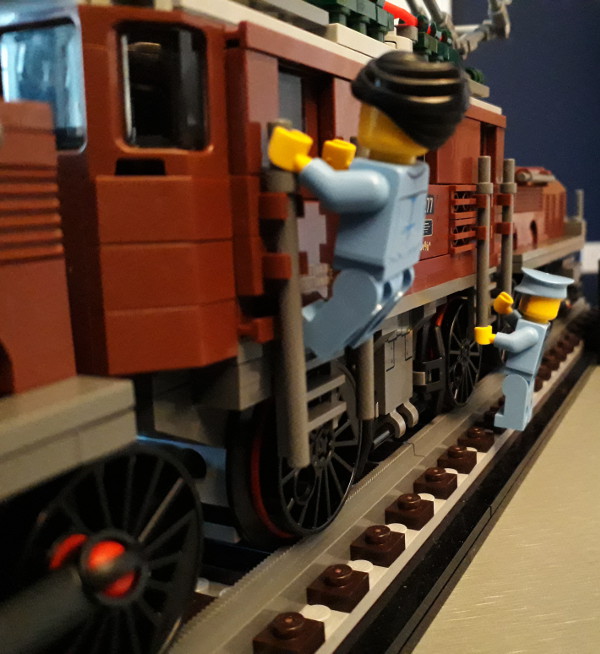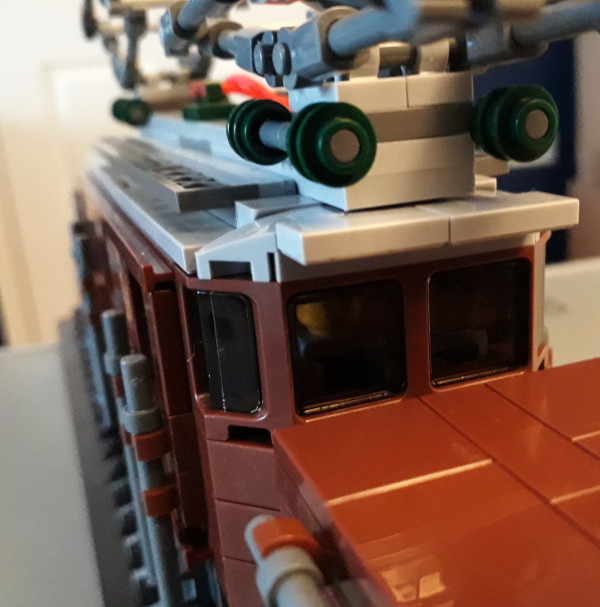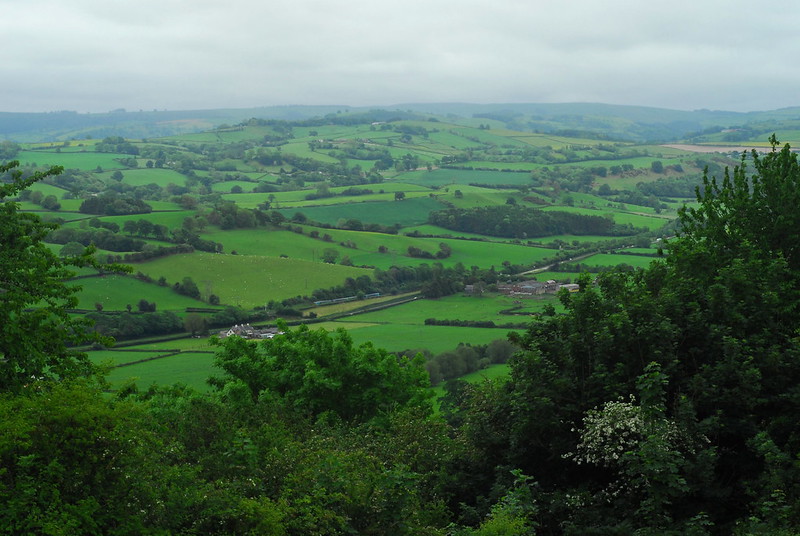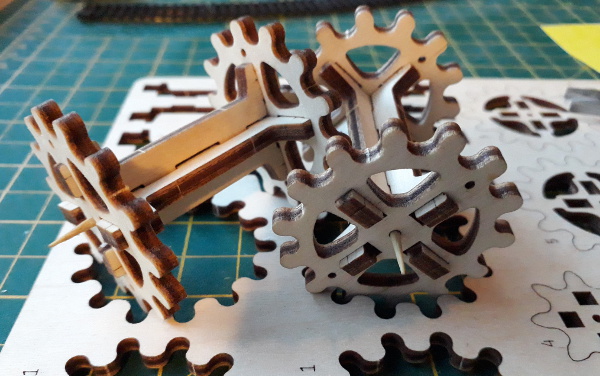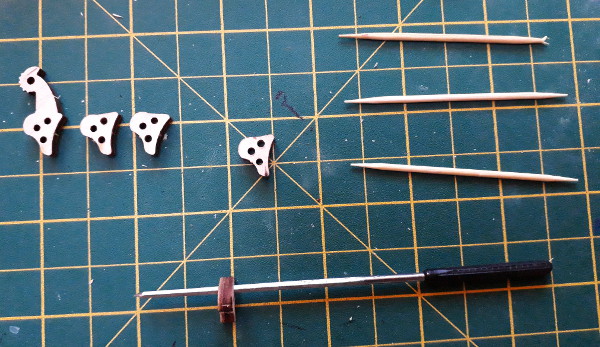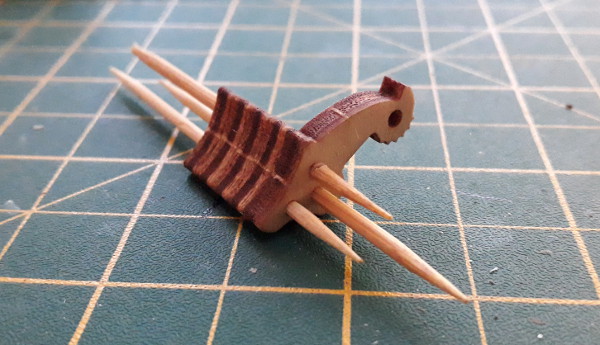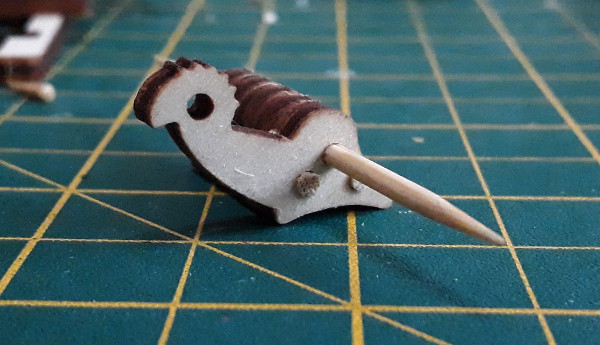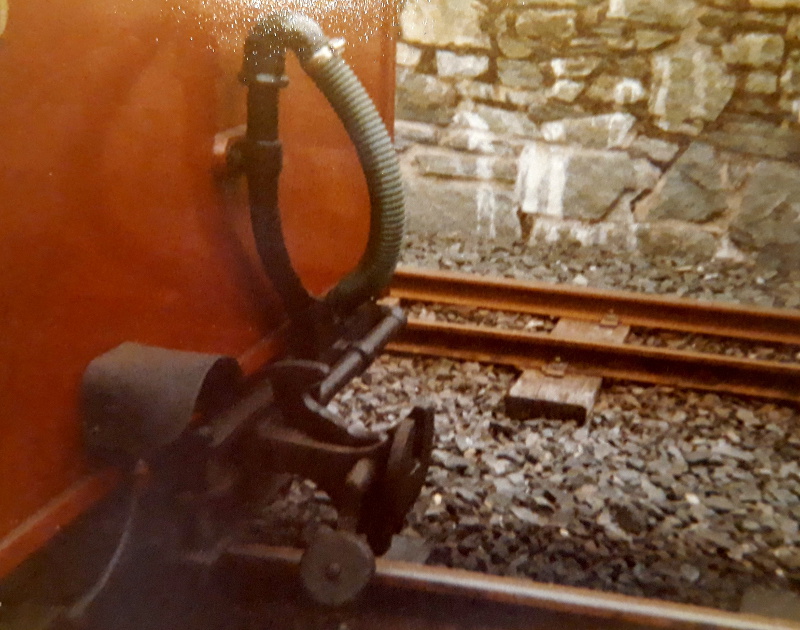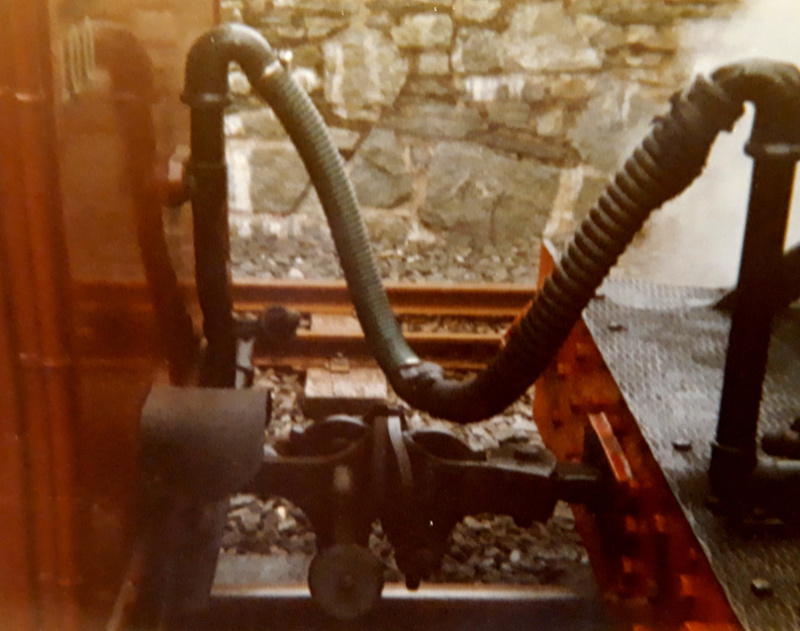Unexpected
I deliberately didn't post this yesterday in case you thought it was an April Fool
Talking about trains: regular readers will be aware that occasionally over the past few months I’ve been banging on about the Brecon & Merthyr Railway, a curious little Welsh concern that until 1922 operated two stretches of railway line. One from Brecon to Merthyr—actually, to Deri, a small village between Dowlais and Bargoed—and the other from Rhymney to Newport. The latter was originally built as a horse-drawn tramroad in the mid-1820s and its southernmost few miles are the last part of the Brecon & Merthyr Railway still in use, now just as a freight branch to serve Machen Quarry. In included probably the oldest viaduct on the railway network, which I’ll write more about another day. Occasionally someone proposes reopening it to passengers, together with the disused line from Machen to Caerphilly, but nothing ever happens about this.
I say “still in use” but the Machen Quarry line is very much only still in use in the hypothetical sense; trains along it are few and far between. Because of this, I was slightly surprised to drive past Rhiwderin station the other day and see a train, stopped, in the disused railway station.
Why was there a train standing still in Rhiwderin station, when it closed getting on for seventy years ago? Well, first, a bit of explanation. The level crossing at Rhiwderin is of the “locally monitored” type. That’s to say, it works automatically. There are signals for the trains, which normally (when the crossing is open to road traffic) flash red. As a train approaches, it hits a switch to operate the crossing. The lights flash, the barriers come down, and the flashing red train signal changes to flashing white. What do I suspect happened? Well, when I drove past, the barriers were most definitely up. Presumably, the first train in many months had hit the switch to operate the crossing, nothing happened, so the train had stopped at the flashing red signal until someone could come along to make sure everything was properly safe.
The Plain People Of The Internet: But surely now, if you have a train on a crossing, nobody is going to drive themselves into the side of the thing are they? It’s bloody huge, is what I’m saying.
Really, you would be surprised. It is certainly not unheard of, for a car to drive into the side of a train that was already blocking the road. Not wanting to risk that happening, is entirely understandable. The interesting thing here is that this train was on its return trip, heading away from the quarry towards Stoke Gifford marshalling yard (or, for non-train people, the sidings next to Bristol Parkway station). Heading up to the quarry, the level crossing must have worked as designed; then on the way back, nothing happened. If I was a rarely-used level crossing myself, I could definitely understand.
I was half-tempted to pull the car over, get the camera out and start taking photos of this train stopped in a station that closed over sixty years ago. There was already a guy leaning over the fence by the level crossing, though, watching the world go by and watching the train very much not going by. Another random (me) turning up with a camera was, no doubt, the last thing the people trying to get stuff moving again actually wanted. Still, I’ll have to keep an eye on the timetables now in case trains start to appear regularly on the stub of the Brecon & Merthyr again, just in case I will have chance next time to pop out with the camera as they pass.

 Home
Home
